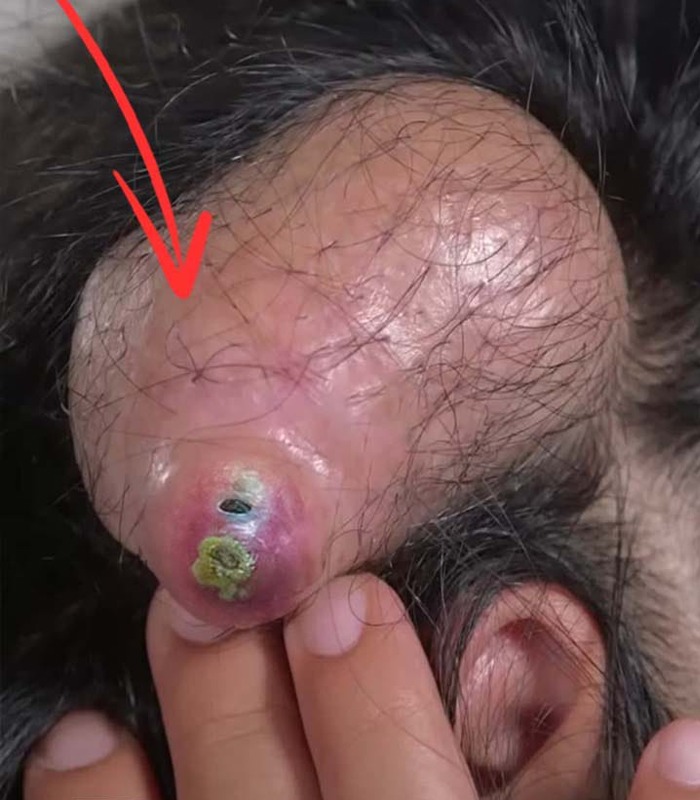⚠️ Important Warning
❌ Never try to cut or drain a lipoma yourself
Doing so can lead to:
-
Severe infection
-
Uncontrolled bleeding
-
Scarring
-
Incomplete removal (lipomas have a capsule that must be removed to prevent regrowth)
-
Damage to nerves or vessels
✅ If the Lipoma is Wounded (e.g., bleeding, draining, red, painful)
Here’s what you should do instead:
1. Do NOT squeeze or poke it
-
This can push bacteria deeper and worsen infection.
2. Keep the area clean
-
Gently wash with mild soap and water.
-
Cover with a sterile bandage.
3. Look for signs of infection
-
Redness, warmth, pus, swelling, or fever.
-
These signs mean you need urgent medical care.
4. See a doctor or go to urgent care
-
A general surgeon or dermatologist can assess it.
-
If infected, they might:
-
Drain it professionally using sterile technique.
-
Prescribe antibiotics
-
Schedule surgical removal under local anesthesia.
-
🩺 What Happens During Professional Lipoma Removal?
If removal is needed, a doctor will:
-
Numb the area with local anesthesia
-
Make a small incision
-
Carefully remove the entire lipoma and its capsule
-
Stitch the area and give wound care instructions
Healing takes 1–2 weeks, and you’ll avoid all the risks of DIY attempts.
🔍 Related Medical Sources:
🔍 What Is a Lipoma?
A lipoma is a slow-growing, benign (non-cancerous) tumor made up of fat cells. It typically feels soft, movable under the skin, and painless.
However, in some cases, lipomas can:
-
Become painful if they press on nerves
-
Grow large
-
Become wounded or infected, especially after trauma, scratching, or improper attempts to remove them
🛑 First Aid for a Wounded or Infected Lipoma
If the lipoma is bleeding, draining, painful, or inflamed, follow these immediate steps:
✅ Step-by-Step Home Care (Before You See a Doctor)
-
Do not squeeze or cut it.
-
Attempting to pop or drain it can cause infection or tissue damage.
-
-
Clean the area gently.
-
Use mild soap and water.
-
Pat dry with a clean towel.
-
-
Apply an antiseptic.
-
Use hydrogen peroxide or povidone-iodine if available.
-
-
Cover with a sterile bandage.
-
Avoid friction or pressure on the area.
-
-
Monitor for signs of infection:
-
Increasing redness or warmth
-
Foul-smelling discharge or pus
-
Fever or swollen lymph nodes
-
-
Contact a healthcare provider ASAP.
👨⚕️ Professional Treatment Options
1. Medical Evaluation
-
A doctor (typically a general practitioner or dermatologist) will examine the lump.
-
If infected, you may be prescribed oral antibiotics (e.g., cephalexin, amoxicillin-clavulanate).
-
Ultrasound or biopsy may be done to confirm the diagnosis.
2. Incision and Drainage (I&D) (if infected or abscessed)
-
Performed under local anesthesia
-
A small cut is made to drain pus or infected fluid
-
Area is packed with sterile gauze
-
Wound care is required daily for 5–7 days
3. Surgical Excision (most common and definitive treatment)
-
Done if the lipoma is:
-
Painful or growing
-
Cosmetically undesirable
-
Recurrently infected
-
-
Outpatient procedure under local anesthesia
-
Entire lipoma and its capsule are removed to prevent recurrence
🔄 Recovery and Aftercare
-
Stitches may be placed and removed in 7–10 days
-
Avoid heavy lifting for 1–2 weeks
-
Keep wound clean and dry
-
Scar care (e.g., silicone gel) can reduce long-term marks
📚 Medical References
-
Cleveland Clinic – Lipoma
-
American Academy of Dermatology – Skin Growths
❓When to Seek Immediate Medical Help
-
Rapid increase in size
-
Pus or foul-smelling drainage
-
High fever or chills
-
Severe pain or redness
